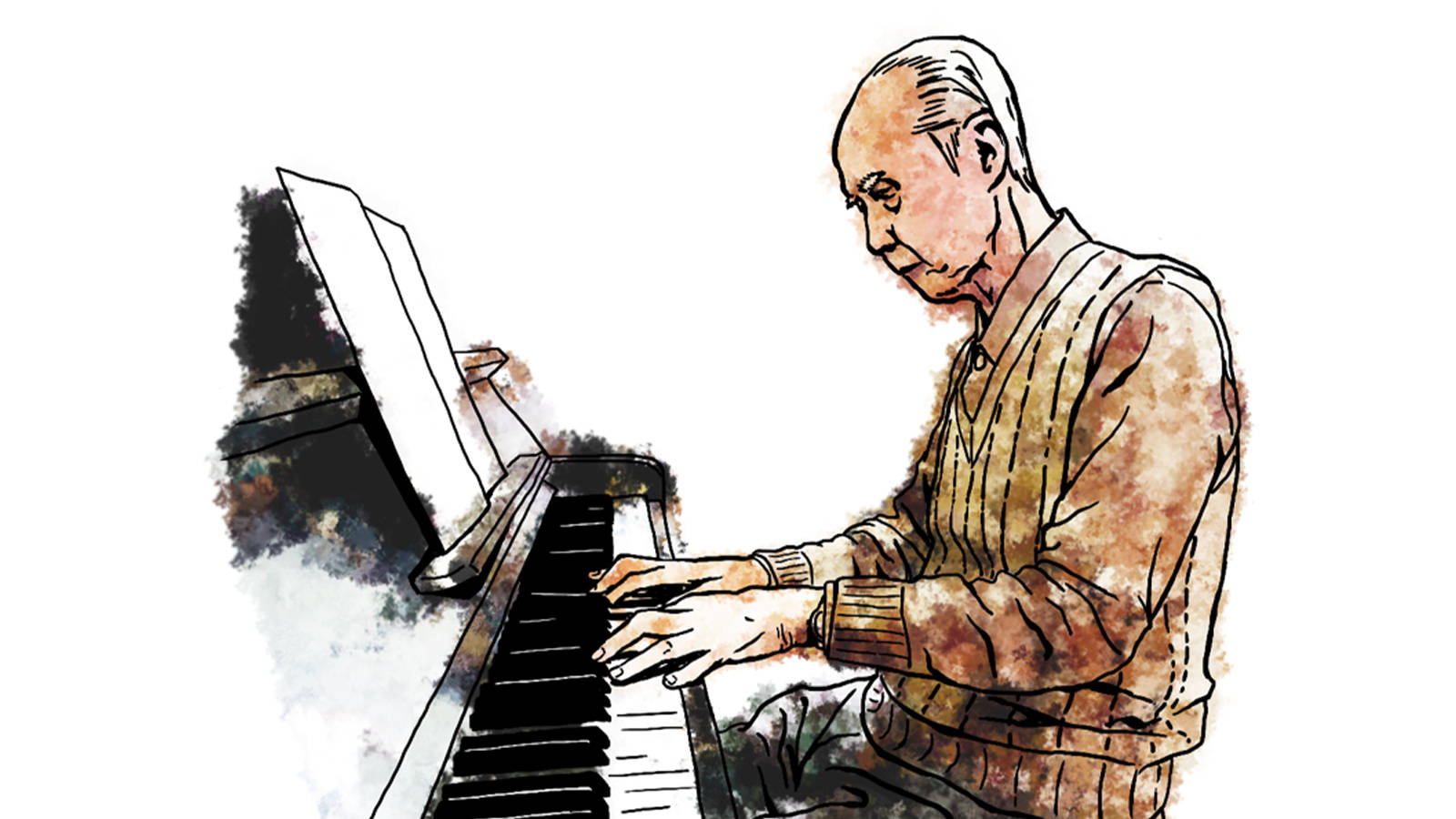Blog
Memories Like Red Roses

Written by Lina YEH
Born in Kaohsiung, Lina YEH began learning the piano from a young age and studied under such masters as WU E-man, Robert Scholz, and Francis WU. She studied at the Mozarteum Salzburg University, the Hanover University of Music, Drama and Media, and the Juilliard School. Since 1978, she has been active in Taiwan and abroad with solo and duo piano concerts, accompaniment to other performers, and chamber music. Her duo concerts with her husband, Rolf-Peter WILLE, are especially popular with audiences around the world.
2021 is the 100th birthday of the late Taiwanese composer KUO Chih-yuan. I am so pleased to have been able to make his acquaintance and play almost all of his piano solos, concertino, aboriginal fantasy rhapsody, and numerous chamber pieces.
I first met him in 2003 at a Taipei Philharmonic Symphony Orchestra pre-tour performance in the Taipei City Hall Family Theater. I played his Concertino for Piano and String Orchestra. When the concert was over, he excitedly jumped up onto the stage and was holding a manuscript of a sonatina that he wanted me to play. The orchestra went to Estonia and Finland that year, and his Concertino was lauded by audiences. The next year, we went to Hungary, the Czech Republic, and Poland, playing that piece numerous times. For one such instance at the Liszt Ferenc Academy of Music, the national radio station, Magyar Radio, broadcast it live. Starting then, I began working much more closely with KUO. His innocent passion and lifelong dedication to composition are truly admirable. He once wrote of piano composition, "The highest realm in piano solo composition was reached by RAVEL. Meanwhile, BARTÓK viewed the piano as a percussion instrument, so his pieces always have that percussion feel, creating a different effect. I, on the other hand, was born with clinodactyly and thus unable to play the piano properly, so I couldn't write cadenzas of technical prowess like Liszt and RAVEL. But playing the piano is the foundation of music, and writing melodies and small piano pieces is the first step to learning composition." Indeed, though some of his small piano pieces are short and concise, they are a vivid portrayal of a refreshing down-to-earth sense while being cleverly spirited, much like one's most beautiful memories from childhood.
His piano music, lyrical and tranquil, is often nostalgic with a sweet warmth and creates a dreamlike atmosphere. This is likely a result of his everyday influences. From his birth to his passing away, he lived in his ancestral, garden-surrounded quadrangle home (with the exception of his time studying in Japan). The elegant, old-fashioned structure exuded a sense of serenity and nature that found its way into his compositions. Many of his works were based on Taiwanese folk songs and folk theater he enjoyed in childhood as well as the musical accompaniment of traditional festivals and religious parades for idols. Despite those origins, he was very concerned with maintaining a modern feel in his music.
While working with him, I realized he really cared about speed. He had an unquiet drive and passion that kept him working all the time even up to the very end of his life, as though he felt the need to write down every sound he had in his mind. He said he was part of the school of musical nationalism, so he looked to express his special feelings for Taiwanese folk music and the Taiwanese people through his work. Being able to hear a composer share his ideas on composition is probably one of the greatest joys of a performer!
Learn More:
KUO Chih-yuan Memorial Concert
Top Hash Tags
You May Also Like
Arts Talk | Lecture sidenotes for April to June
Art therapy, a long-established professional practice, blends art with psychological therapy, gently providing artistic companionship that guides thought and helps people navigate life's transitions.

Tracking Focus, Corporeal Signals in Dance
The existence of "the self" emerges from consciousness, yet the body predates our self-awareness, making it far older. Even as our sense of self fades with age, the body remains our companion until the end. Through education and socialization, our consciousness has come to dominate our physical awareness, creating a disconnect. Yet the body keeps sending signals of varying intensity. Dance offers a vital path to rebuild this connection and examine our relationship with our bodies. This gave rise to the theme "Dance, the History of Body," exploring how dance films reflect on body and identity.


